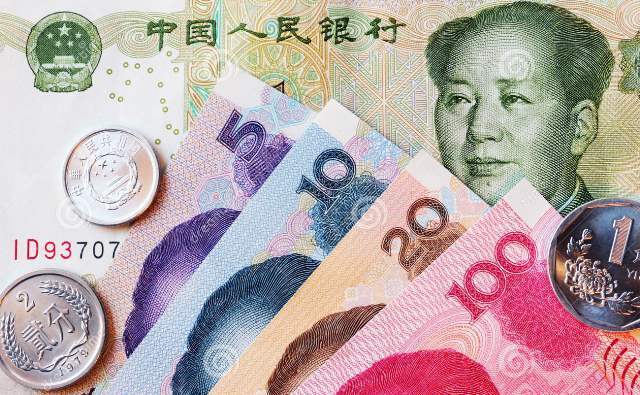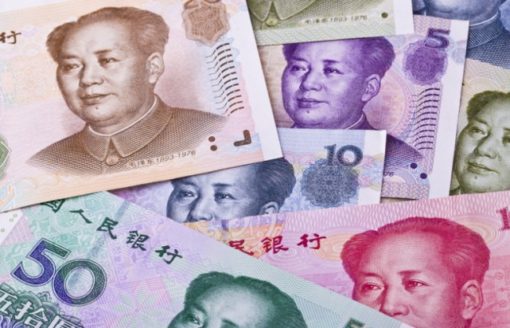There are indications that the renminbi, often abbreviated RMB, might have played a growing role in influencing the exchange rates of other Asian currencies because of China’s notable economic weight in the region and increasing linkages of China’s financial markets with those in Asia. In addition, moving renminbi to a managed float regime (allowing greater exchange rate flexibility) in July 2005 and the ongoing internationalization of the renminbi are other contributing factors.
China’s significant trade ties with other Asian economies are obvious. According to the National Bureau of Statistics of China, Asia was the largest regional trading partner of the country in 2015 with bilateral trade amounting to approximately $2,100 billion. A weaker renminbi would reduce the purchasing power of Chinese importers, slowing exports and economic growth of many Asian countries and subsequently impairing the value of their currencies, as China has become a major consumer of various commodities and a lot of consumer goods.
Meanwhile, the renminbi, now with a bigger band of 2% movement either upward or downward on a daily basis than previously, may be in the basket of currencies Asian central banks track so that they can make adjustments to the exchange rates of their own currencies to maintain the competitiveness of their exports in the global market. Moreover, global investors might also tie movements of Asian currencies to those of the renminbi, causing market-driven co-movements between the renminbi and other currencies in the region.
Besides encouraging the use of the currency outside China, the development of offshore renminbi markets in Hong Kong, Taiwan, Singapore and other places has been perceived to carry independent price signals of relevance to other Asian currencies. That is, the financial channels also play a role in renminbi’s influence over Asian currencies.





Renminbi and the Singapore Connection